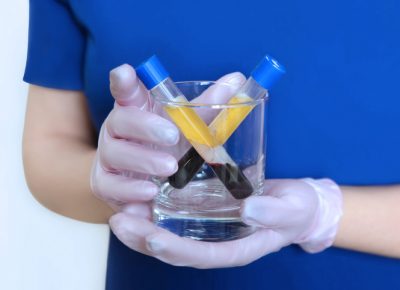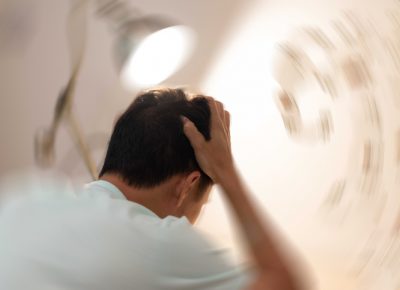“Should I use heat or ice?” is the most common question I get in the office from patients, especially athletes, looking to ease their soreness after exercising. Commonly, there is a lot of confusion as to which method is best, when to use which treatment, and what separates the two. Fortunately, we have a guide to help you determine which treatment is best for you to get back in the game and doing what you love!
Why heat? Heat causes the small blood vessels in the muscle and surrounding tissues to dilate, increasing blood flow to the targeted area. This brings more oxygen and nutrients to the damaged tissue and removes harmful waste products. In addition, the heat can distract the nerves that carry pain signals, preventing their transmission to the brain for recognition. Finally, heat can also increase the pliability of the tissue, decreasing stiffness and spasms.
When to use heat: A simple rule to remember for heat treatment is to use it for chronic or old injuries. Here are a few examples:
- Low back pain
- Arthritic joints
- Trigger points/muscle spasms
As with everything, there are exceptions. For heat, one exception would be muscle soreness after a tough workout. A recent study shows that a simple over-the-counter heat wrap applied immediately after a workout with eight hours of low level heat can significantly decrease delayed onset muscle soreness (DOMS).
Why cold? Opposite to heat, cold treatments cause the small blood vessels to constrict, decreasing blood flow to the area. With new or overuse injuries, decreasing the blood flow helps to stop the body’s substances that cause redness and swelling commonly seen in these types of injuries. In addition, cold helps to numb the irritated nerve endings in the injured area.
When to use cold: Contrary to heat, cold is typically used for new, acute or overuse injuries. Here are a few examples:
- Ankle sprains
- Tennis elbow
- Achilles tendinitis
- Shoulder bursitis
While it is unclear whether ice actually helps the healing process, there is no doubt that it helps relieve pain. The most effective way to provide cold treatment to an affected area is to apply ice directly on the skin with an ice cup. However, it is important to keep the ice moving to prevent tissue damage. An additional method is using a freezer bag filled with ice cubes and a small amount of water, which can be easily molded to the area. A thin towel should be used also as a means of separation between the ice and skin. These treatments should be applied until the skin feels numb. One to three minutes with an ice cup and fifteen to twenty minutes with an ice bag should do the trick!
Sports and other means of exercise provide many opportunities for injury, both large and small. Proper management of these injuries using hot and cold treatments can help prevent further damage and get you back in the game! Have questions about an injury or need to be evaluated? Chat with us on Facebook, Twitter, or give us a call at 609-904-2565.




